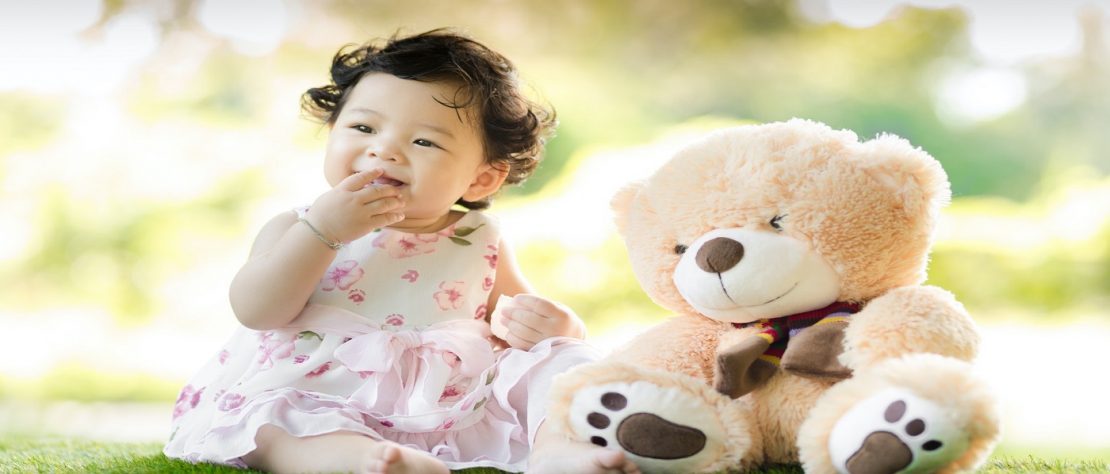Now your baby stays seated and uses his hands very often for support and support. When you find a position that is comfortable for you, your baby will begin to roll over and reach for objects without falling. Your baby will also improve by changing positions, and will soon learn to stand up from a sitting position.
When lying on the stomach (on the abdomen), your baby will learn to get up on his hands and knees and to rock back and forth. This little “exercise” will allow you to work the muscles in the arms and legs, preparing your child to push forward (or backward) to move.
Some babies crawl better than others, so don’t worry if your child has developed different ways of moving around, such as rolling, rolling, or crawling.
As long as your child uses his arms and legs on both sides of his body and shows interest in exploring his surroundings, there is usually no reason to worry.
Your baby’s leg muscles have become stronger from standing, rocking, and crawling.
Fine motor skills and hand-eye coordination also continue to improve during this period. Babies develop the ability to grasp small objects. This coordination can range from an odd, rake-like grasp to a fine pincer (grasping things between your thumb and another finger).
How Can I Encourage My Baby’s Movements?
Provide your baby with safe areas to move around and give him plenty of opportunities to move around. Put his favorite toy out of reach and encourage him to move towards it. Encourage him to walk by letting your baby move around on the furniture (remove or cover furniture with sharp edges with padding), or hold his hands while he practices. Crawling toys with a bar that reaches up to baby’s chest and attached to a heavy, stable base with wheels can also help your baby practice. Baby holds onto the bar for support and pushes the toy to move it. Of course, you will have to supervise your baby while he plays and make sure that he cannot access the stairs.
When Should I Call The Doctor?
Normal child development tends to follow certain patterns. The basic skills that babies develop serve to lay the foundation for children’s abilities for the future. But the time it takes to develop those skills can vary considerably between babies.
Tell your child’s doctor if:
- does not crawl or crawl
- you can’t stand up when they hold it
Just because a baby doesn’t reach developmental milestones when touching doesn’t necessarily mean they have a problem. Talk to your child’s doctor if you have questions or are concerned about your baby’s movements.


